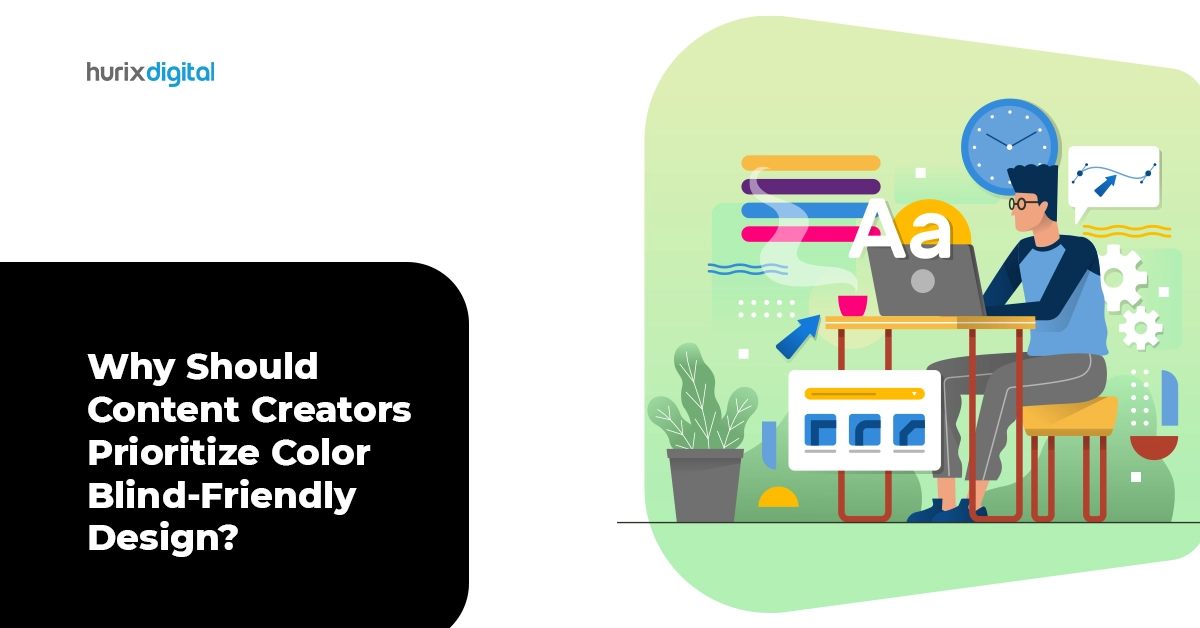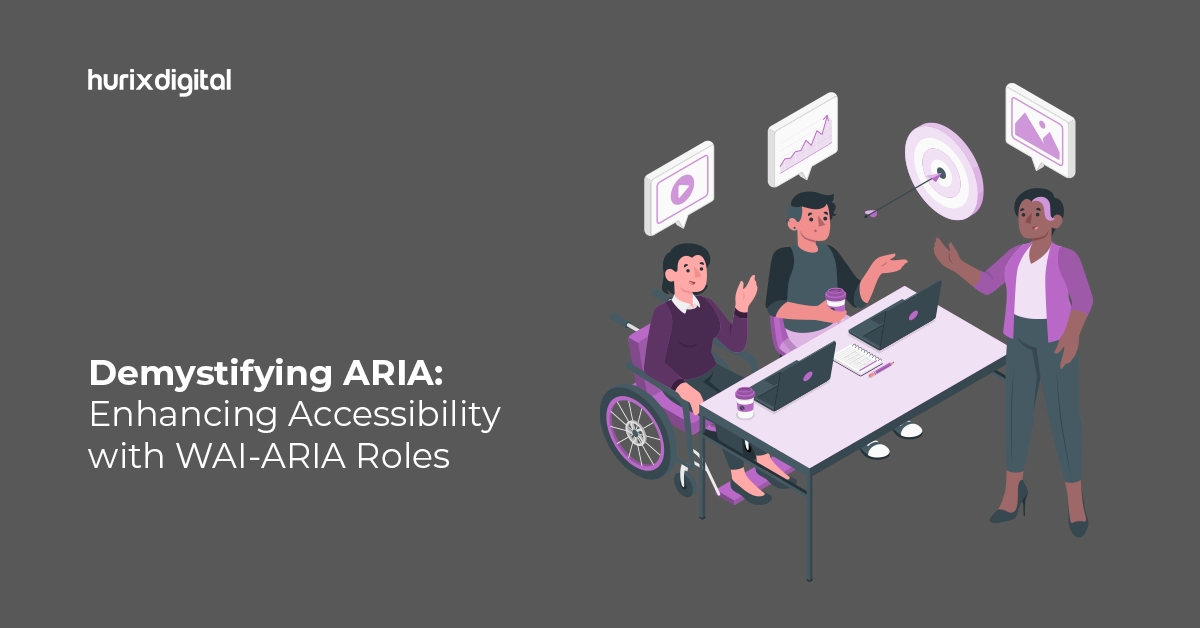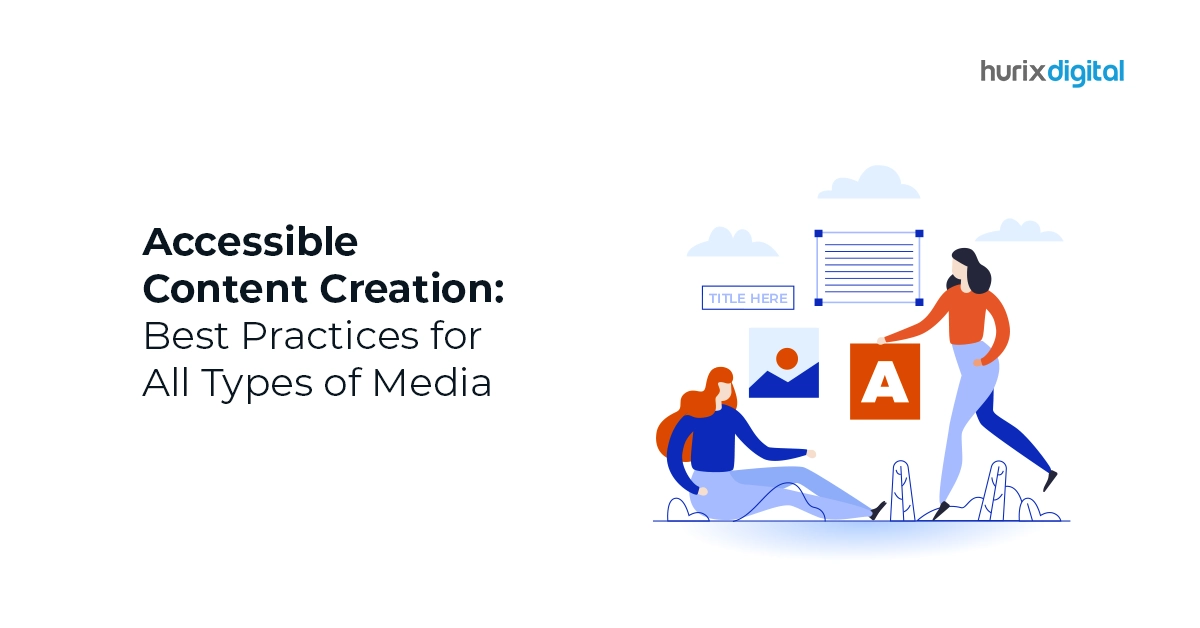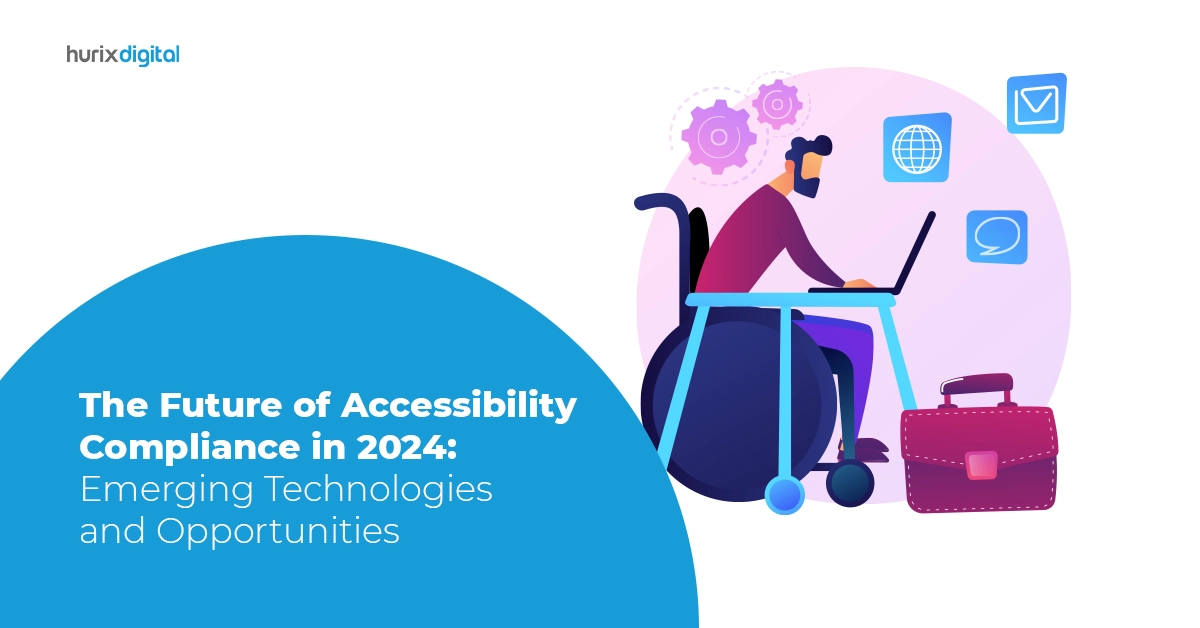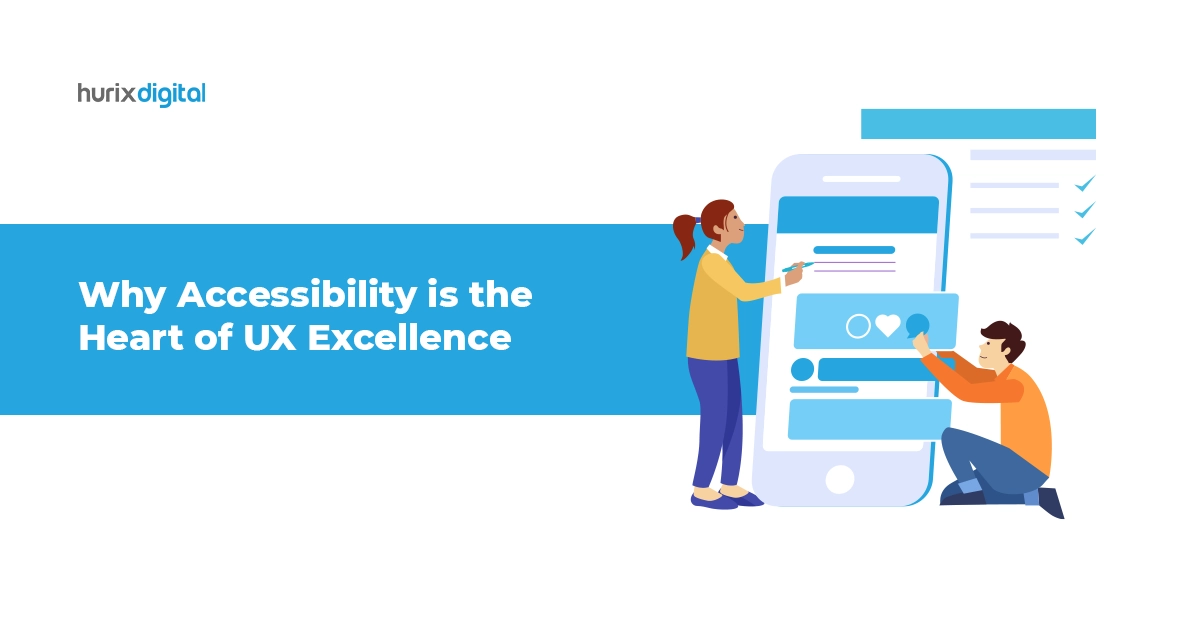Summary
Discover the importance of prioritizing color blindness-friendly design in content creation. This article explores how accessibility considerations, particularly for visual impairment, enhance inclusivity. It suggests color palette improvements and universal testing methods to benchmark and uplift inclusive color blind friendly experiences benefiting overall usability too.
Digital content is increasingly accessed across contexts – websites, mobile apps, ad campaigns, social media, and more. But in the race to capture eyeballs with creative visuals, it’s all too easy to overlook a sizable demographic challenged by limitations. An estimated 300 million people worldwide are color blind, facing barriers perceiving digital content relying primarily on color cues to convey meaning.
This highlights the urgent need for “accessibility in content creation” practices that make interfaces and information presentation inclusive for audiences with visual impairments. “Color blindness-friendly design” specifically comes to the fore given the prevalent and often unintended reliance on color contrast alone to distinguish meaning.
Table of Contents:
- Understanding Accessibility in Content Creation
- The Importance of Color Blind-Friendly Design
- Is Your Content Unintentionally Exclusive?
- Prioritizing Inclusive Visual Communication
- Why Color Blind Friendly Design Also Improves Overall CX
- Designing for Color Blindness: Practical Tips
- Hurix Digital: Pioneering Accessibility in Content Creation
- Conclusion
Understanding Accessibility in Content Creation:
1. Accessibility Considerations:
Creating content that is accessible involves ensuring that all individuals, regardless of their abilities or disabilities, can engage with and understand the information presented. In the context of visual impairment, color blindness stands out as a common challenge. Designing content that accommodates users with color vision deficiencies is not just a best practice but a fundamental aspect of creating an inclusive digital space.
2. Inclusive Content Design:
Inclusive content design goes beyond meeting the basic accessibility requirements. It involves actively seeking ways to make content usable and enjoyable for everyone. This approach considers the diverse needs and preferences of the audience, aiming to eliminate barriers that might hinder their engagement with the content.
Also Read: Color Accessibility: Choosing the Right Palette for an Inclusive Web Design
The Importance of Color Blind-Friendly Design:
1. Broadening Audience Reach: Color blindness affects a significant portion of the population. By prioritizing color blindness-friendly design, content creators can broaden their audience reach and ensure that their message is accessible to individuals with various types of color vision deficiencies. This inclusivity not only reflects a commitment to diversity but also has practical implications for the success of the content.
2. Enhancing User Experience: Designing with color blindness in mind contributes to an enhanced user experience. Users with color vision deficiencies should be able to navigate content seamlessly, without struggling to interpret information presented through color-coded elements. A user-friendly experience fosters engagement, positive feedback, and encourages users to return for more content.
3. Compliance with Web Accessibility Standards: Prioritizing color blindness-friendly design aligns with broader web accessibility standards, such as those outlined in the Web Content Accessibility Guidelines (WCAG). Compliance with these standards not only reflects a commitment to ethical content creation but also ensures legal adherence. Meeting these guidelines sets the foundation for a more inclusive online presence.
Is Your Content Unintentionally Exclusive?
While severely disabling content that entirely relies on color paraphrasing is relatively uncommon, many design choices hamper rather than aid color blind users:
🔴 Low contrast gradients with red and green hues are prevalent in data visualizations, making data points indistinguishable. This hampers comprehension.
🟡 Rainbow color palettes to denote hierarchies lose meaning with similar saturation or lightness values that limit color differentiation
🔵 Tiny colored icons as primary indicators for critical actions like contact or search lack clarity.
This makes otherwise creative compositions perplexing barriers diminishing engagement and task success outcomes for color blind visitors.
Prioritizing Inclusive Visual Communication
Constructively addressing “Visual impairment accessibility” needs within creative workflows is crucial considering up to 8% men and 0.5% women face various forms of CVD half of whom have strong difficulties inferring meaning from color contrasts alone.
Here are some techniques to make user-centered color blind inclusive design seamless:
🔶 Choose distinct high contrast palettes with sufficiently different hue and brightness levels
🔷 Supplement pure color contrasts with readable text callouts or legible icons
🔸 Offer personalizable color options alternative palettes to viewing needs
🔹 Leverage tools checking colour differentiation adherence standards like WCAG AAA
This empowers audiences challenged by visual limits to participate as equals rather than remain relegated to the sidelines.
Why Color Blind Friendly Design Also Improves Overall CX
An interesting upside of addressing color blind constraints is the indirect improvement such practices have on overall customer experience even for non-disabled groups. For example:
📗 Alternate color conveyance through text boosts scannability benefiting universal audiences.
📘 Icons clarifying color-coded infographics aid comprehension across literacy skills sets.
📙 Customizable palettes enable personalization catering to color preferences.
This demonstrates the multiplier effect inherent in inclusive design practices uplifting experiences universally rather than hampering mainstream appeal.
Also Read: The Role of AI in Enhancing Accessibility Solutions
Designing for Color Blindness: Practical Tips
1.Use High Contrast: Ensure a clear contrast between text and background colors. High contrast makes content more readable for users with color vision deficiencies.
2. Avoid Relying Solely on Color: Use multiple indicators, not just color, to convey information. Icons, labels, and patterns can provide additional context that is not dependent on color perception.
3. Provide Alternative Text: Include descriptive alternative text for images and graphics. This not only benefits users with visual impairments but also those who may have images disabled for faster loading.
4. Test with Simulators: Before finalizing designs, utilize color blindness simulators to preview how the content appears to users with different types of color vision deficiencies.
Hurix Digital: Pioneering Accessibility in Content Creation
In the pursuit of creating content that prioritizes accessibility, Hurix Digital stands as a trusted partner. Our expertise in web and digital accessibility ensures that your content is not only visually appealing but also inclusive. From comprehensive accessibility audits to tailored solutions, Hurix Digital empowers content creators to reach a broader audience.
Explore the world of inclusive content creation with Hurix Digital. Discover how our accessibility solutions can elevate your content, making it truly accessible to diverse audiences. Contact us today to unlock the full potential of your content creation journey.
Conclusion:
In a world that thrives on diversity, content creators have a responsibility to ensure that their creations are accessible to everyone. Prioritizing color blindness-friendly design is not just a design choice; it’s a commitment to inclusivity. By embracing these principles, content creators can build a more expansive audience, enhance user experiences, and contribute to a more inclusive digital landscape.
In the tapestry of content creation, the threads of accessibility weave a story of connection and engagement. Let us strive to make that story one of inclusivity and accessibility for all.


